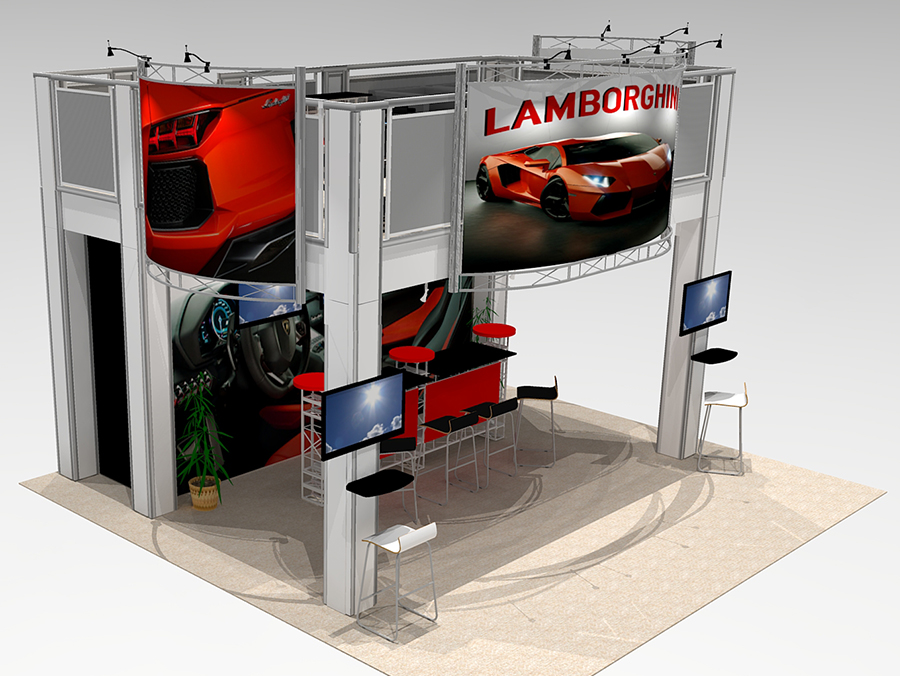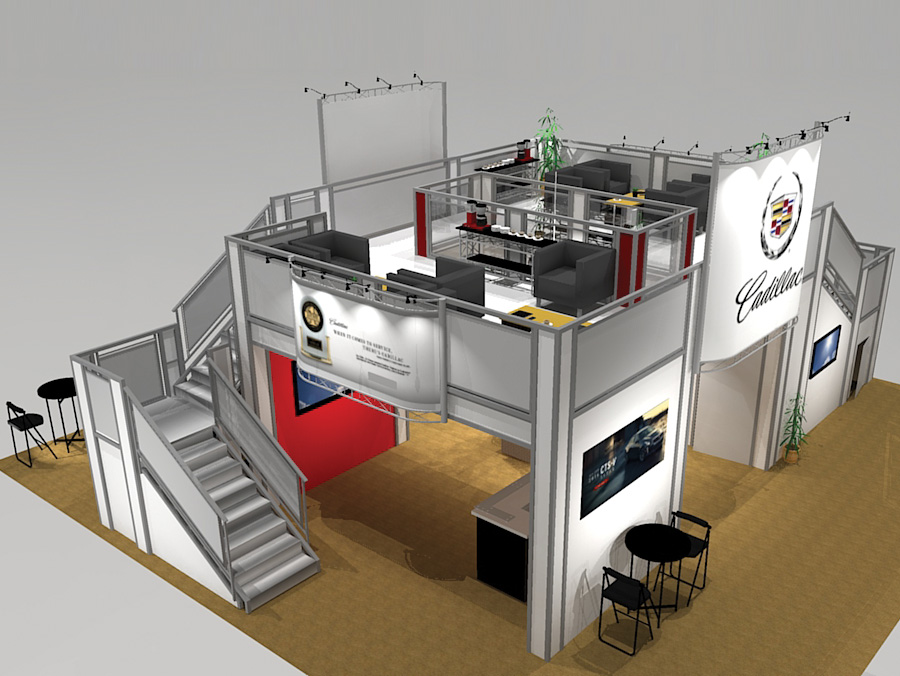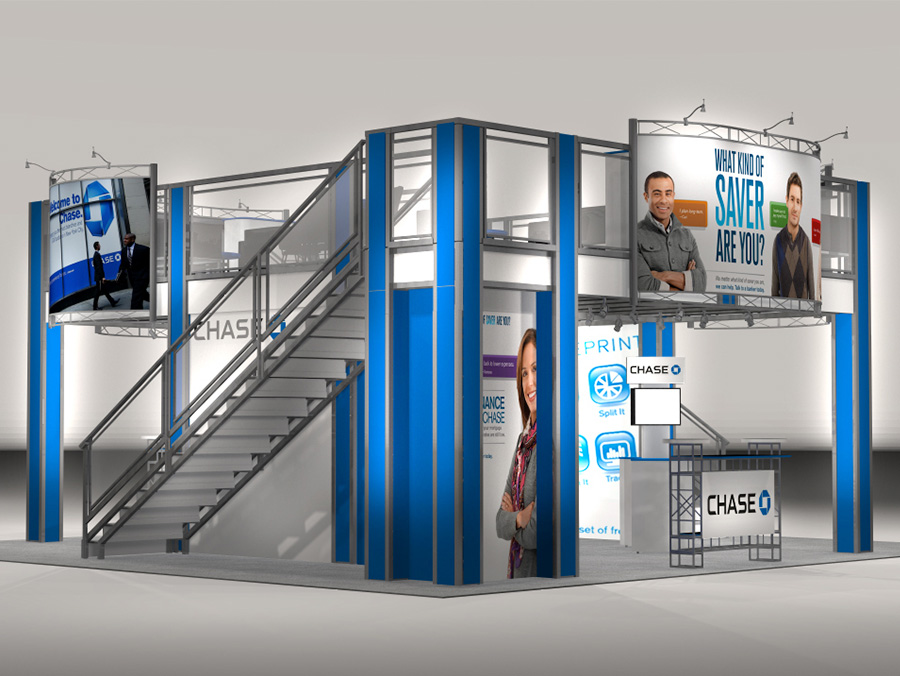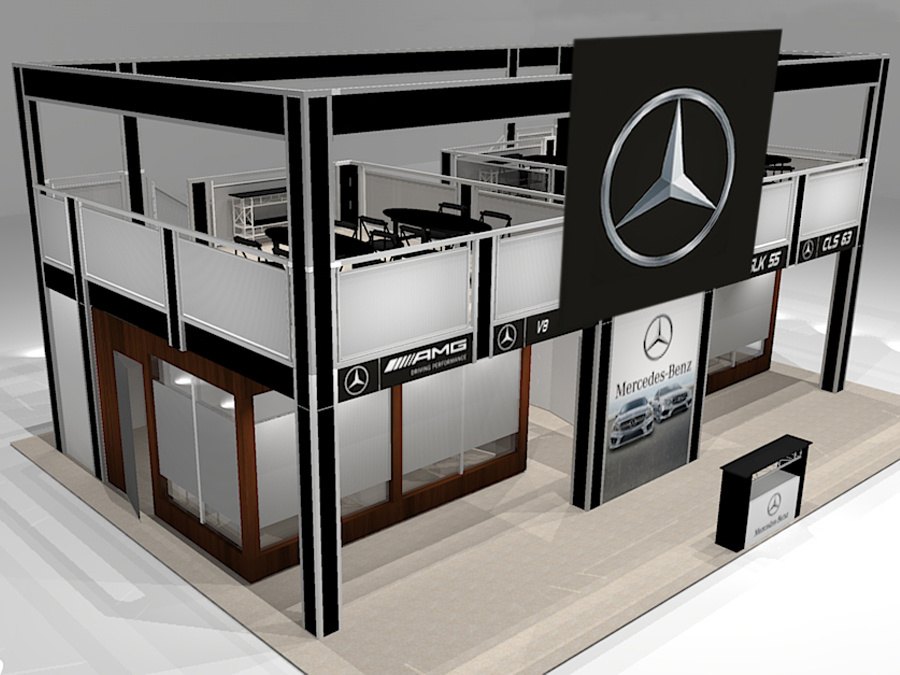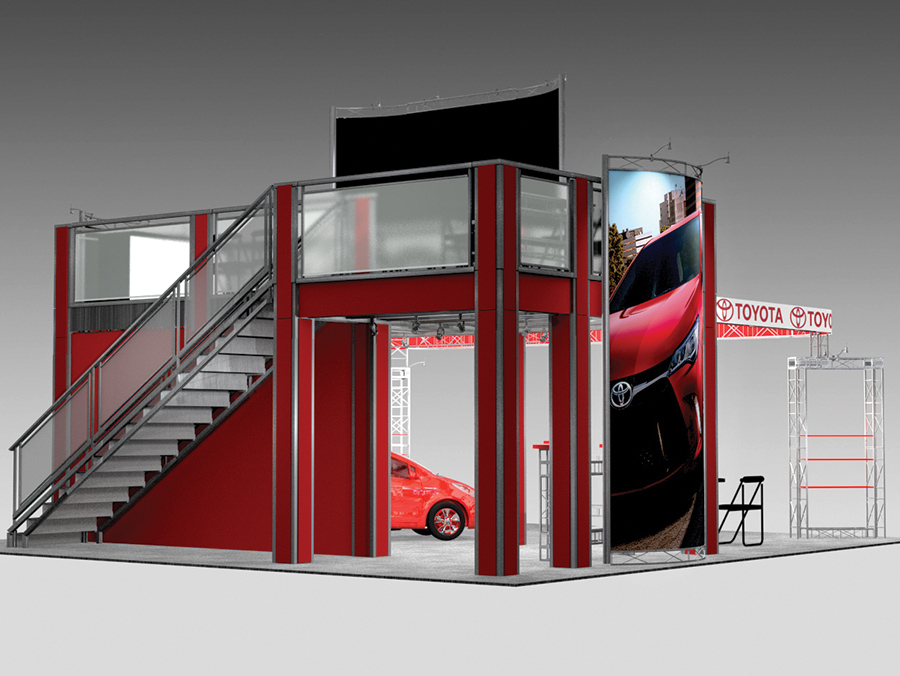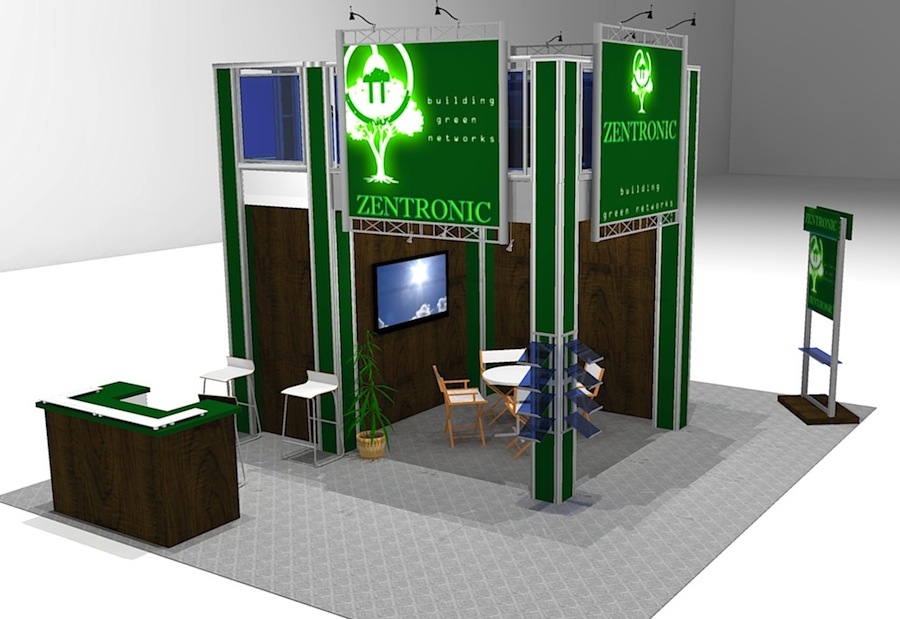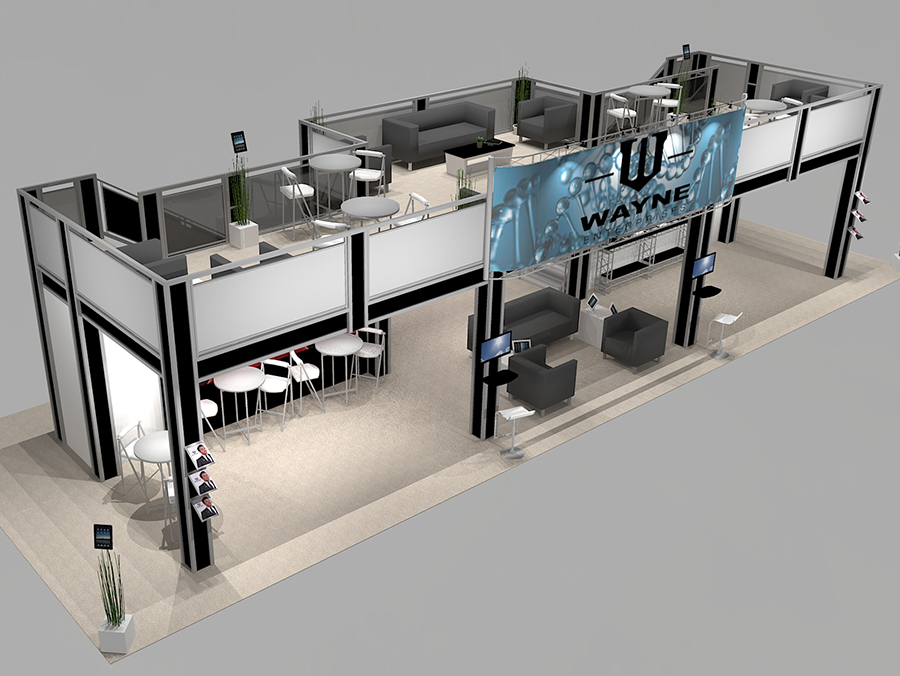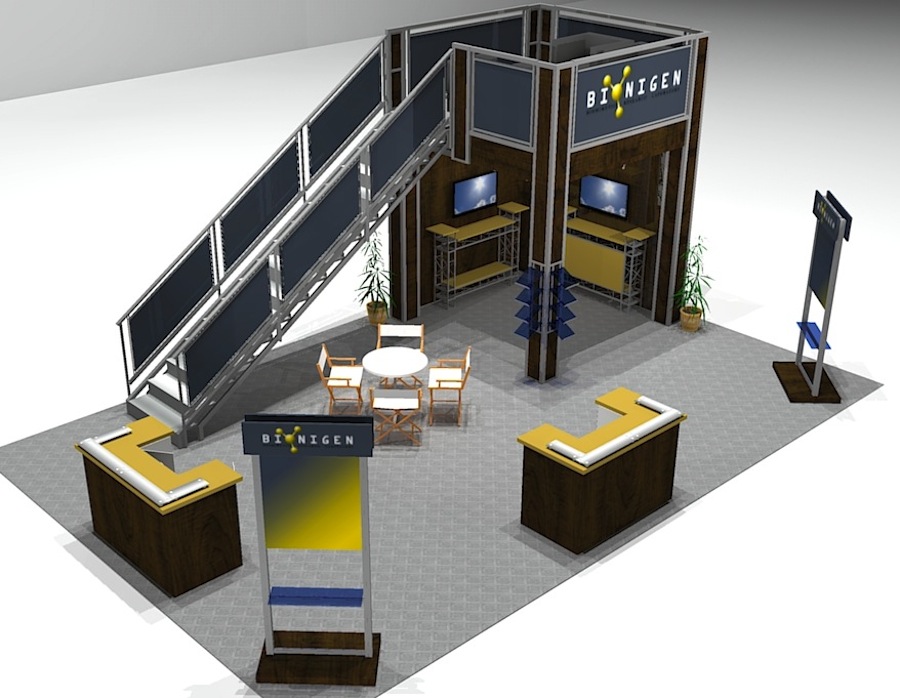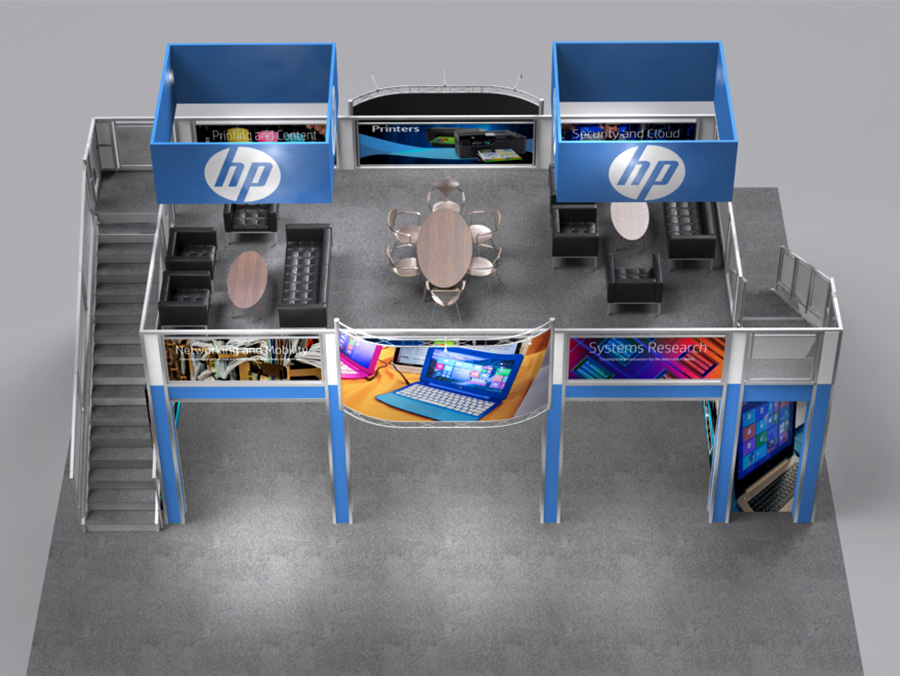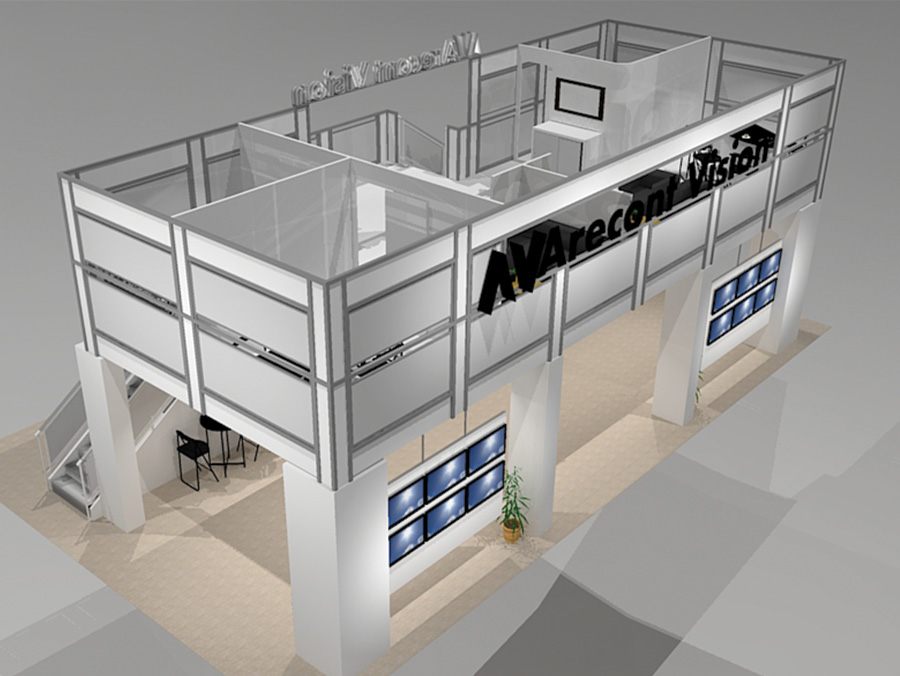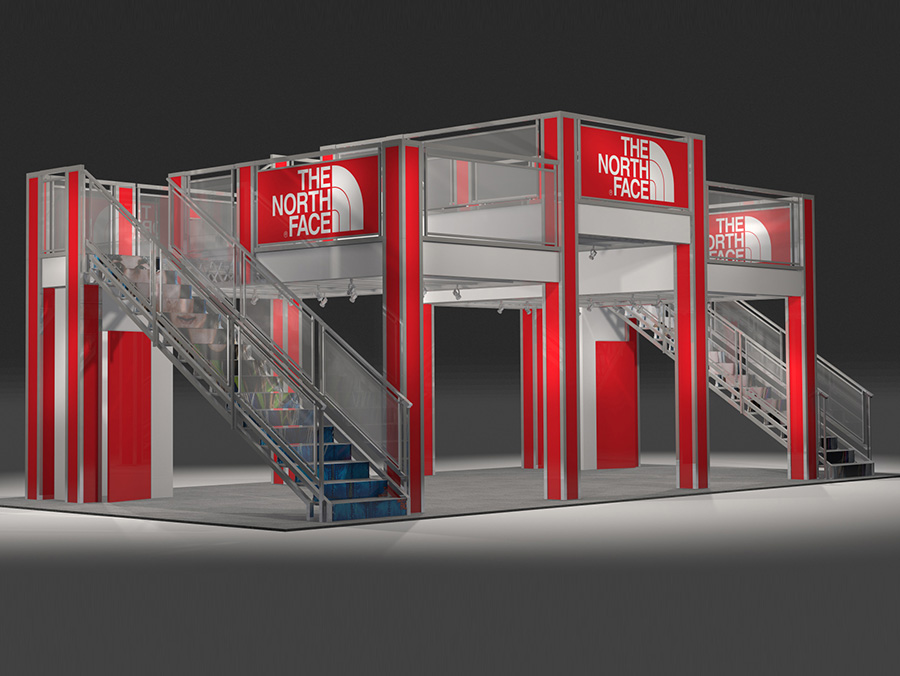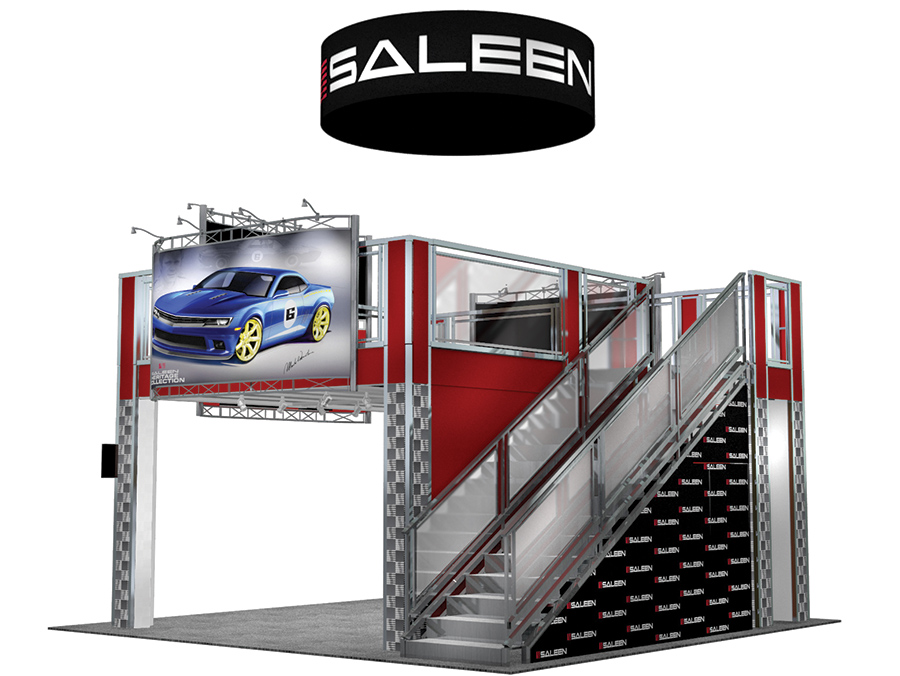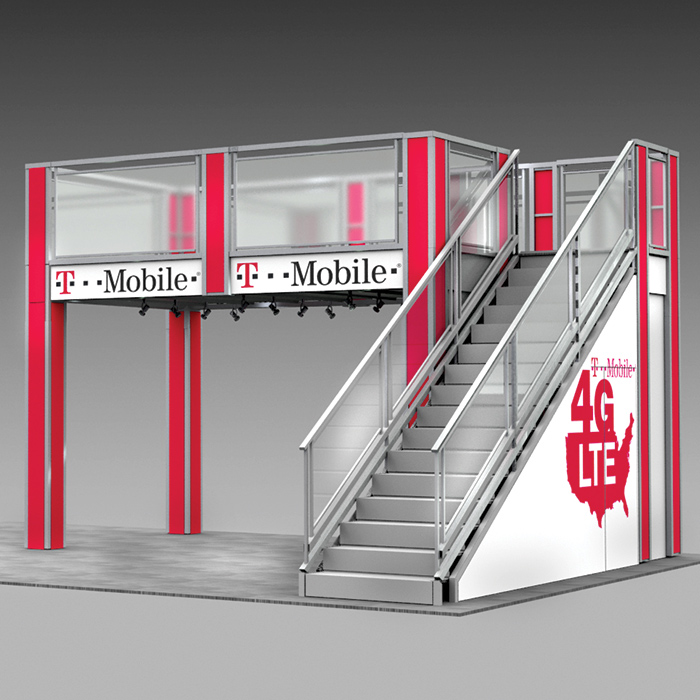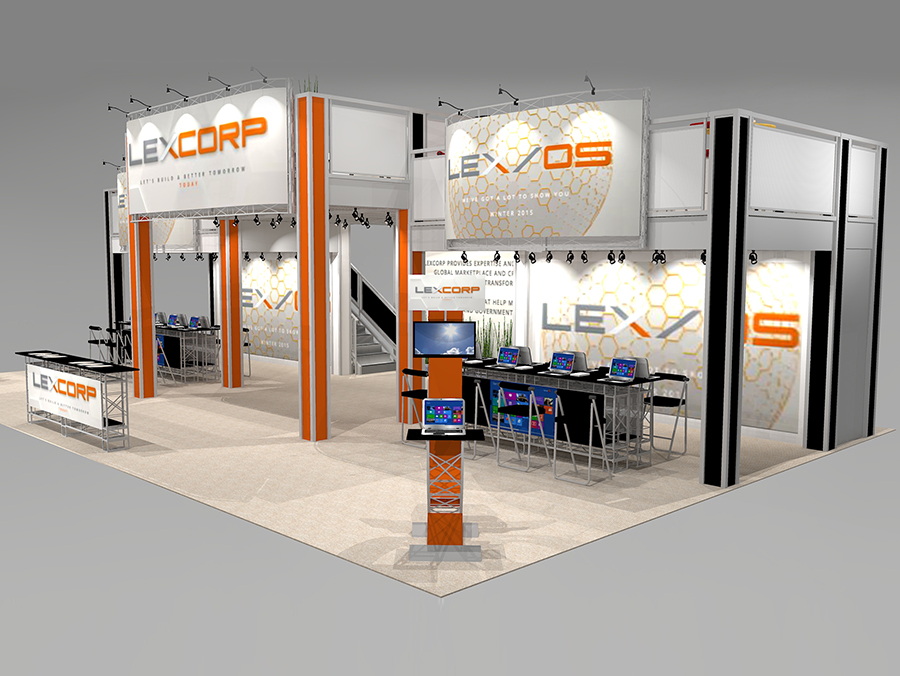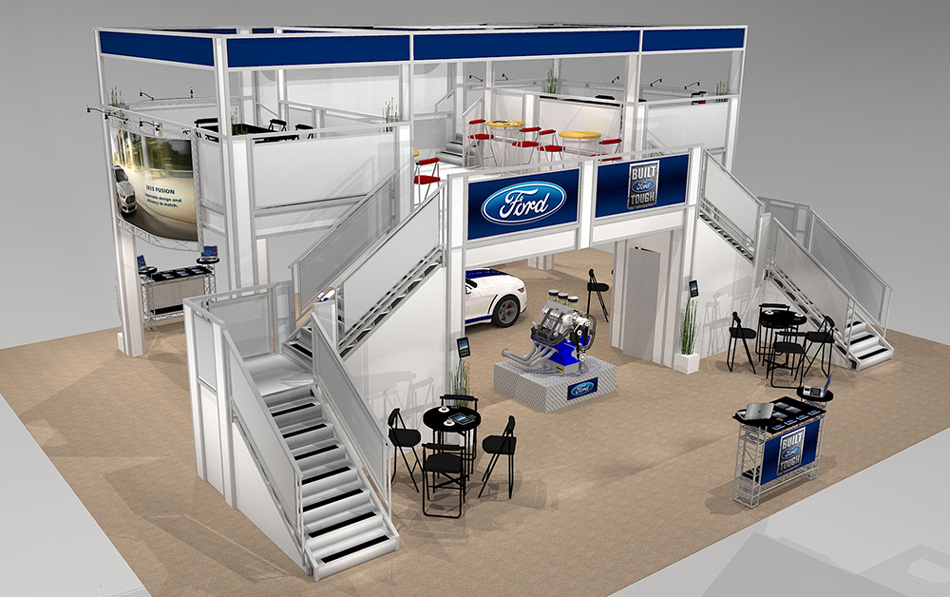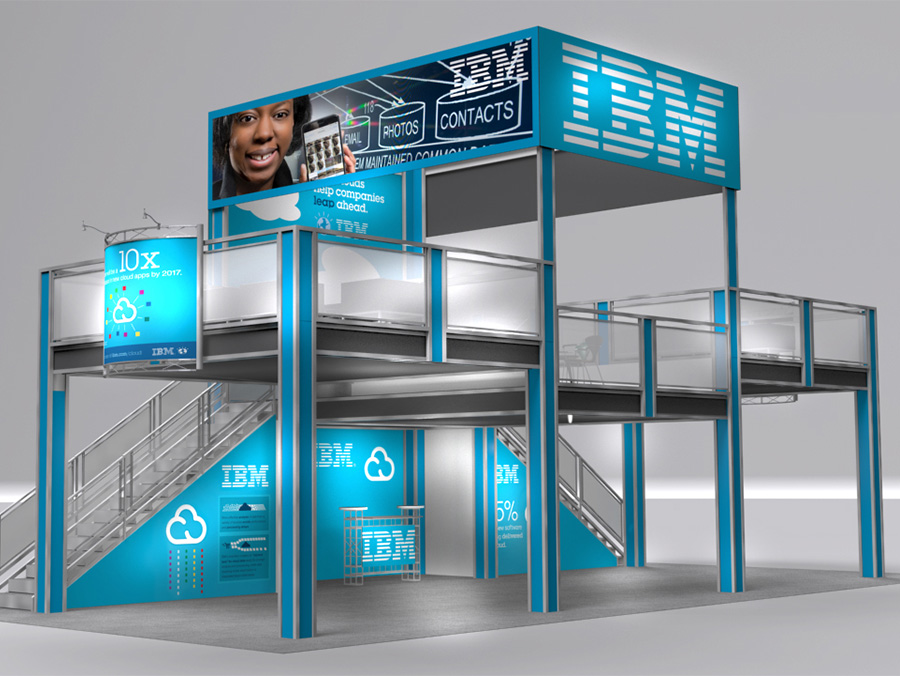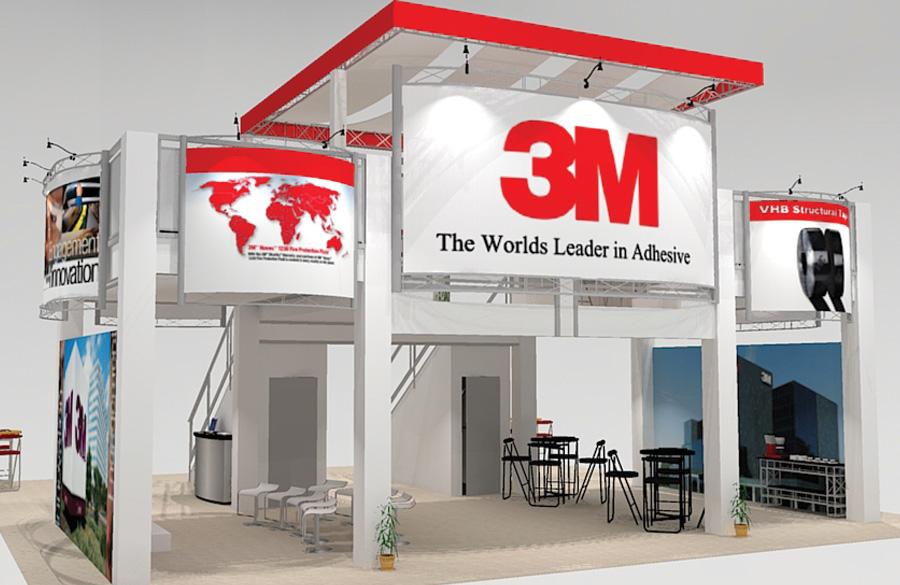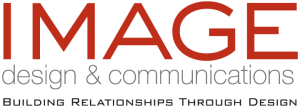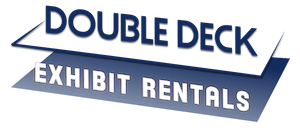How much does it cost to rent a Double Deck Exhibit?
The minimum cost to rent a TurnKey Double Deck in Las Vegas is about $27,000. That includes transportation to and from the show and set-up and dismantle labor. Our maximum cost is about $250,000 for our largest Double Deck designs. Again, we provide published pricing and itemization for each design we offer.
Costs include graphics as well. We provide easy-to-understand graphics callout spec sheets and pre-production proofs for your approval. Once your design is finalized, we provide a photorealistic rendering showing your graphics! We utilize several different graphic materials, each perfectly suited for the particular application required.
The cost in time spent managing your exhibit
We specialize in renting Double Decks in Las Vegas and other areas. TurnKey Service means just that. We start with the design process and establish the perfect look and functionality you need. Generally, at that point, you'll know exactly what your total cost will be. There are no surprises!
We bill transportation, set up, and dismantle labor on one pre-show invoice. However, we assist in several ways during the production process. We anticipate electrical requirements based on everything in your booth space during the design process. Some clients have specialized equipment or pre-existing exhibit properties that are to be combined in the same booth space.
We'll provide a grid map with dimensions indicating your main electric drop and outlet locations throughout your booth space. We indicate how many amps are required at all locations. This is a very important show requirement! Nothing starts until the electric is down before the carpet is laid.
Part of that includes a booth orientation diagram that allows everyone involved to be certain which direction is front by indicating adjacent booth space numbers. This is often dealt with early on because booth location often affects the design. Again, because we do this all the time, reviewing the Exhibitor Guide and viewing the trade show floor map is often required early on.
TurnKey Trade Show Services Management
When exhibitors use show labor, the required forms specify set-up and dismantle times precisely. We look at your target move-in date and establish that for you. We need to do that in order to ensure that your exhibit is complete and ready to go on deadline. This touches on another cost that many clients don't need to consider. Overtime vs. Straight time Union Labor billing. We provide a fixed cost invoice for set up and dismantling regardless of the show-mandated schedule. This is one of the most common areas of cost overruns. Labor rates are often over $100 per hour. Overtime is time and a half, making it $150. Sometimes it can go to $200 hr. Multiply that x 3-4 set up people, it can easily be over $500 hr. You don't need to worry about that when you are working with TurnKey Trade Show Exhibit Rentals. Labor cost is fixed on one pre-show invoice.
Other Show Services Management requirements
We provide the necessary EAC (Exhibitor Appointed Contract) forms along with Insurance Certificates required by the show. This along with correct electric grid maps relate to the fundamentals. If you need assistance with other show forms, we can help.
Back to the basics
In addition to the cost in time managing the process for each show, evaluating the cost of renting vs. ownership includes many factors. Key among them is storage. After that, most exhibit houses bill for pre-show and post-show set-up at their facility in order to assess damages that require repair and assure that there are no surprises at the next show. It's like set up and dismantle labor three times for each show. So storage and management between shows can cost a lot of money you save when renting.
The total cost benefit of renting your custom Double Deck
In the end, you receive discounted labor because that cost is established during the quoting process, despite show-mandated set-up hours that may or may not be at straight-time hourly rates. The time required of your staff when you manage your own exhibit includes the cost of things they are unable to do. Managing the process is time-consuming.
Whether your show is in Las Vegas or a venue in another city, we take care of all the details. In the end, renting makes a lot of sense!
The following provides great information about the various types of restrictions and requirements that may be necessary for your show.
Not all cities or venues have the same requirements, so check your show manual well in advance. We will help you find the information and go over it with you to make sure everyone clearly understands the show.
1. Space and height limitations.
Double-deck exhibits usually require a minimum footprint of 20-by-20 feet and a 20-foot clear height (the vertical distance from the floor to the lowest underside point of the venue ceiling). Plus, most shows have maximum height restrictions based on booth size. For example, often, an in-line booth space will have a maximum height restriction of 8 feet, and booths around the perimeter of the show hall are sometimes limited to 12 feet in height. Island and peninsula booths will also have some height restrictions, usually between 16- to 30-foot maximums.
So before you purchase a Double Deck, examine the floor plans and the venue heights of the shows you typically exhibit. The ceiling levels of some venues are too low even to house a double-deck structure. Plus, since ceiling heights can vary within a venue (Houston and Las Vegas venues are famous for this), the ceiling height restrictions for individual booth spaces can vary dramatically at the same show.
2. Structural safety and stability.
Weight capacity is one of the most basic structural and safety concerns that your double deck has to meet. You must ensure the structure can handle the load you intend to accommodate. For example, do you plan to host 10 people in an upper-level conference room at a time, or might there be as many as 30 people on that upper deck at once?
A typical engineering requirement for these structures is that they must withstand 100 to 125 pounds per square foot. While most systems easily meet this requirement, you’ll want to ensure that your double-deck provider understands the maximum number of people you intend to house on that upper level – and that the system is built to accommodate that load capacity.
The number of stairways required is another capacity-specific figure. You’ll usually need two stairways if you plan to have 10 people or more on the deck at one time, and some show halls require you to install a second staircase for any double decks that are 300 square feet or more.
Clearly, there are safety and stability requirements for any double-deck structure. The key to meeting them is to maintain an open dialogue with the engineers constructing your system and ensure they fully understand how you plan to use your structure.
3. Show regulations.
Many shows welcome the use of double-deck exhibits, but for safety and liability concerns, they include several restrictions for them. For example, in San Francisco and several cities in the Pacific Northwest, the deck has to meet local earthquake codes. In San Diego and Los Angeles, the fire marshal reserves the right to do a flame test to any exposed surface on the show floor (which means he or she can literally hold a flame to the material, and it must not combust within a 30-second exposure). In Orlando, FL, show authorities sometimes go so far as to measure railing gaps and guardrail heights during setup to make sure that your construction matches the submitted drawings.
Since no industry standard exists for double decks, exhibitors (or their suppliers) must investigate the double-deck regulations for each show they attend. Again, if you have a reliable double-deck provider, it’ll do this legwork for you. But it’s always in your best interest to develop a broad understanding of what is required. Some of the more common show-regulation stipulations you’ll run into are: mandatory guard-rail heights of 42 inches, a stair-width minimum of 3 feet, and the placement of fire extinguishers and smoke detectors in specified locations.
4. Local-area regulations.
In most locales, such as Clark County, NV (Las Vegas), Orange County, FL (Orlando), and Cook County, IL (Chicago), local building and fire codes require that double-deck systems meet or exceed the standard for all temporary structures. Each state and often each city and/or county has its own rules, to the point that some states require state-specific structural engineering stamps, and others mandate that exhibitors hire a 24-hour fire-watch official to stand in the exhibit.
Again, your exhibit provider should be held accountable for adhering to these codes. However, the exhibitor manual generally doesn’t include all of the local requirements. It’s your provider’s job to seek out local codes and regulations with each venue, county, city, and state in which you plan to exhibit.
5. Fire safety/ADA requirements.
Double-deck structures may require fire-suppression systems and/or smoke detectors and fire extinguishers. These requirements are based mostly on size. In many cities, any structure larger than 1,000 square feet will require a sprinkler system. However, in some cities, such as Las Vegas, you can bypass this rule with a fire break (i.e., a bridge structure between double-deck sections) – thereby eliminating the need for sprinklers. This bridge concept works great for very large decks of more than 1,000 square feet, allowing you to design the segments so no contiguous unit is more than 1,000 square feet. And you cannot cover the top of a second story, as water from the venue sprinklers needs to be able to reach the whole structure.
In addition, the Americans with Disabilities Act (ADA) is often a concern for double decks, as there is very little written about trade show-related mandates. If you want to err on the side of caution, then consider an upper deck a public environment. In this case, you should either a) offer ramps or elevators to the second level or b) ensure that whatever is offered or available on the second floor is also available on the first floor.
While it seems like there are numerous stipulations involved with double-deck structures, a reputable provider can help you sidestep any issues associated with them. After all, when it comes to attracting attention and making use of the vertical space in your booth, a double deck is definitely doubly effective.
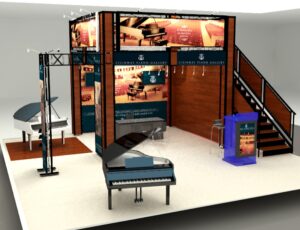 Many of the design options available here will give you a good idea about what things cost and a wide range of graphic options. Choose from railing-mounted header graphics, mural walls, and even two-story billboards for a larger-than-life message format! The following examples show a range of designs and styles available. We specialize in trade shows in Las Vegas Venues. Be sure to see our new Backlit Logo Sign Designs.
Many of the design options available here will give you a good idea about what things cost and a wide range of graphic options. Choose from railing-mounted header graphics, mural walls, and even two-story billboards for a larger-than-life message format! The following examples show a range of designs and styles available. We specialize in trade shows in Las Vegas Venues. Be sure to see our new Backlit Logo Sign Designs.

